The Gulf Cooperation Council (GCC) recently announced its ‘Vision for Regional Security’ at its headquarters in Riyadh, Saudi Arabia.
Gulf Cooperation Council
|
| Must Read | |
| NCERT Notes For UPSC | UPSC Daily Current Affairs |
| UPSC Blogs | UPSC Daily Editorials |
| Daily Current Affairs Quiz | Daily Main Answer Writing |
| UPSC Mains Previous Year Papers | UPSC Test Series 2024 |
| Must Read | |
| NCERT Notes For UPSC | UPSC Daily Current Affairs |
| UPSC Blogs | UPSC Daily Editorials |
| Daily Current Affairs Quiz | Daily Main Answer Writing |
| UPSC Mains Previous Year Papers | UPSC Test Series 2024 |
| Must Read | |
| NCERT Notes For UPSC | UPSC Daily Current Affairs |
| UPSC Blogs | UPSC Daily Editorials |
| Daily Current Affairs Quiz | Daily Main Answer Writing |
| UPSC Mains Previous Year Papers | UPSC Test Series 2024 |
Recently, the Andaman and Nicobar Forest Department is considering moving about 500 Chital deer to a Biological Park in Port Blair.

| Must Read | |
| NCERT Notes For UPSC | UPSC Daily Current Affairs |
| UPSC Blogs | UPSC Daily Editorials |
| Daily Current Affairs Quiz | Daily Main Answer Writing |
| UPSC Mains Previous Year Papers | UPSC Test Series 2024 |
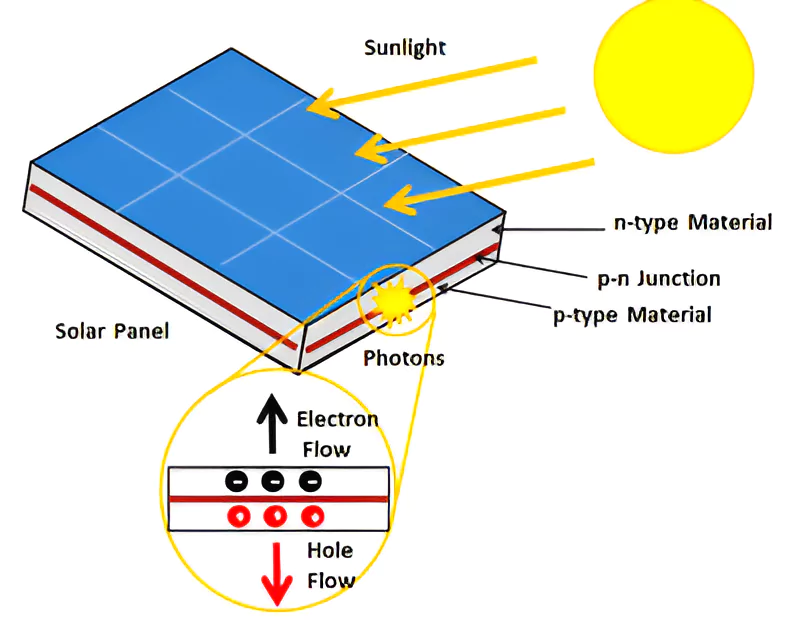
Recently, the government has imposed import restrictions to increase local sourcing of solar modules to support India’s renewables manufacturing ecosystem.
| Import Restrictions
It is a government imposed regulation to control imports. Types of import restrictions include:
|
|---|
Solar Power in IndiaIndia has an estimated solar power potential of 748.99 GW, indicating that the full potential of solar energy is yet to be harnessed.
India’s Target for Future
|
|---|
India has taken three significant steps to address its over-dependence on solar imports over the past five years.
| Must Read | |
| NCERT Notes For UPSC | UPSC Daily Current Affairs |
| UPSC Blogs | UPSC Daily Editorials |
| Daily Current Affairs Quiz | Daily Main Answer Writing |
| UPSC Mains Previous Year Papers | UPSC Test Series 2024 |
A new study revealed the presence of forever chemical ‘organic fluorine’ in bandages from some reputable brands including Band-Aid and CVS Health.
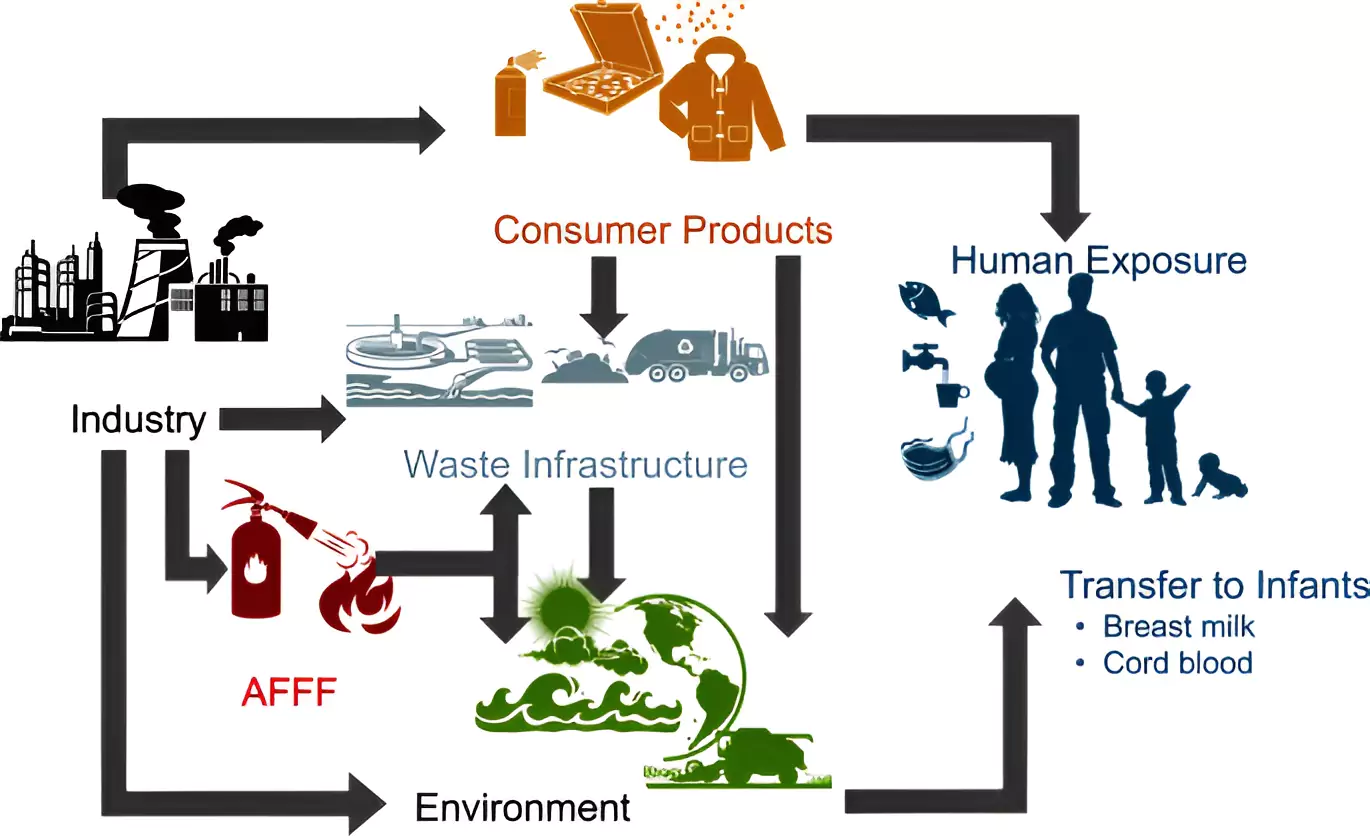
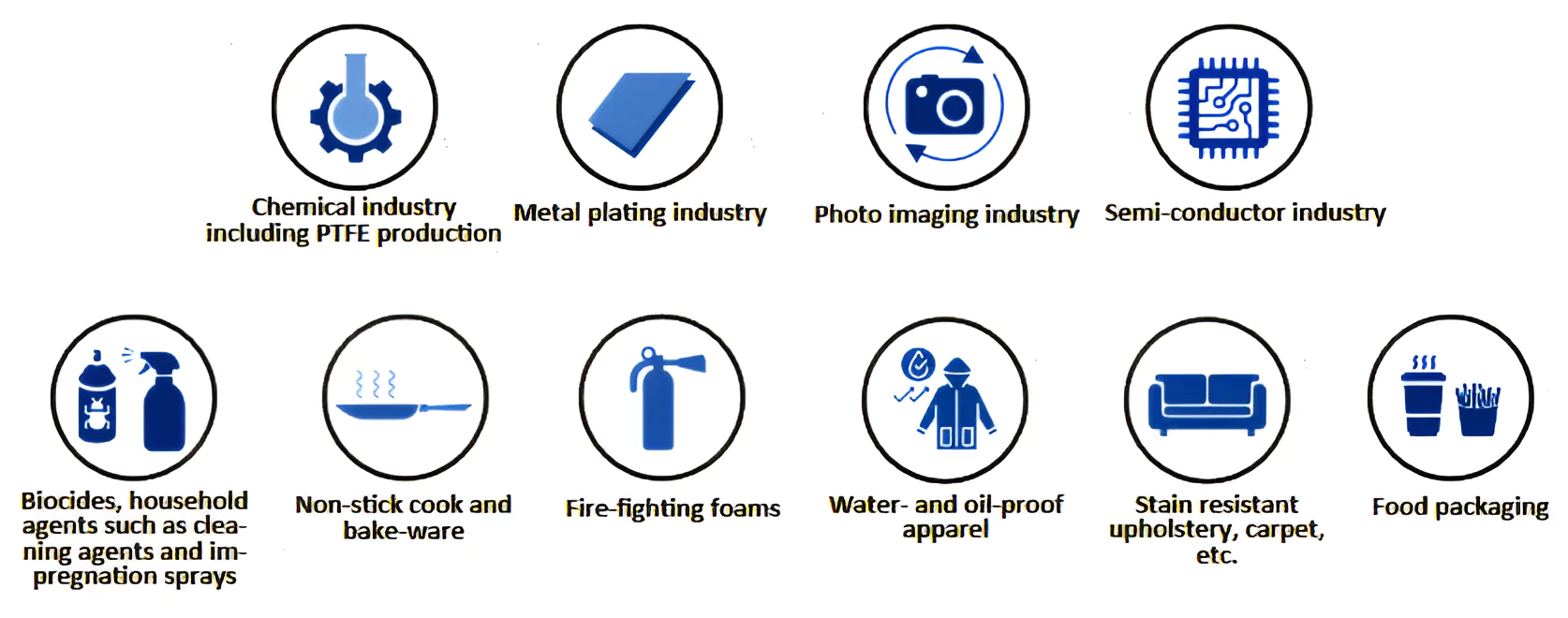
PFASs and the Stockholm Convention for Persistent Organic Pollutants
|
|---|
| Must Read | |
| NCERT Notes For UPSC | UPSC Daily Current Affairs |
| UPSC Blogs | UPSC Daily Editorials |
| Daily Current Affairs Quiz | Daily Main Answer Writing |
| UPSC Mains Previous Year Papers | UPSC Test Series 2024 |
India is deploying atomic clocks across the country to synchronize all digital devices based on Indian Standard Time,enhancing uniformity and national security.
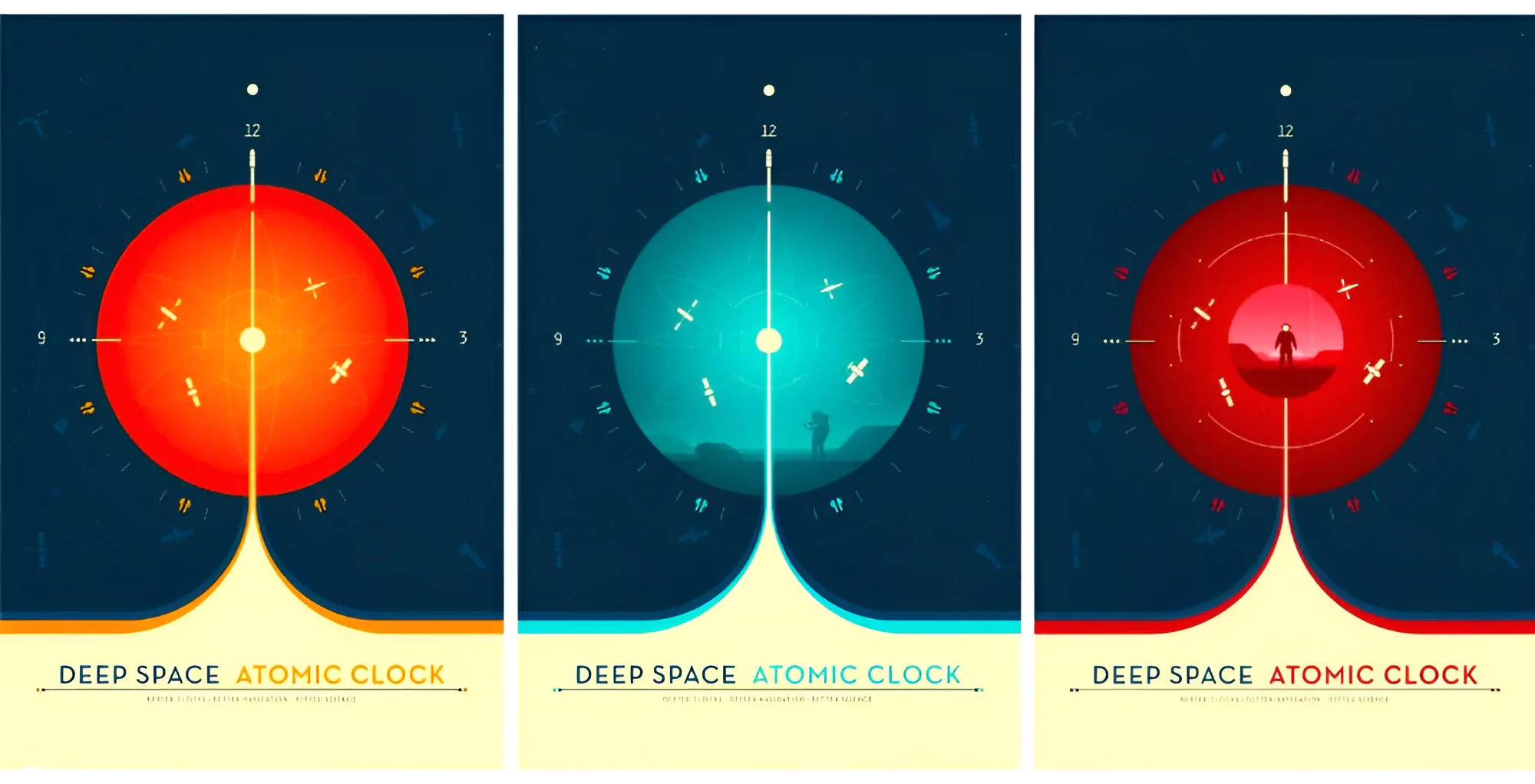
Types of Atomic Clock:
Atomic Clocks in India:
Cesium(55)& Rubidium(37) Atoms:
|
|---|
GPS systems, telecommunications networks, and scientific research etc
Indian Standard Time (IST):
IRNSS/NAVIC:
|
|---|
| Must Read | |
| NCERT Notes For UPSC | UPSC Daily Current Affairs |
| UPSC Blogs | UPSC Daily Editorials |
| Daily Current Affairs Quiz | Daily Main Answer Writing |
| UPSC Mains Previous Year Papers | UPSC Test Series 2024 |
The Indo-Pacific Economic Framework for Prosperity (IPEF) is set to host its first clean economy investor forum in Singapore on June 5-6.
The IPEF Clean Economy Investor Forum
|
|---|
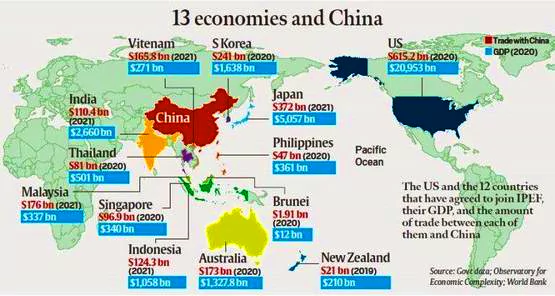
| Must Read | |
| NCERT Notes For UPSC | UPSC Daily Current Affairs |
| UPSC Blogs | UPSC Daily Editorials |
| Daily Current Affairs Quiz | Daily Main Answer Writing |
| UPSC Mains Previous Year Papers | UPSC Test Series 2024 |
India has recently secured rights to operate the Sittwe port in Myanmar after Chabahar Port in Iran.
Kaladan River
|
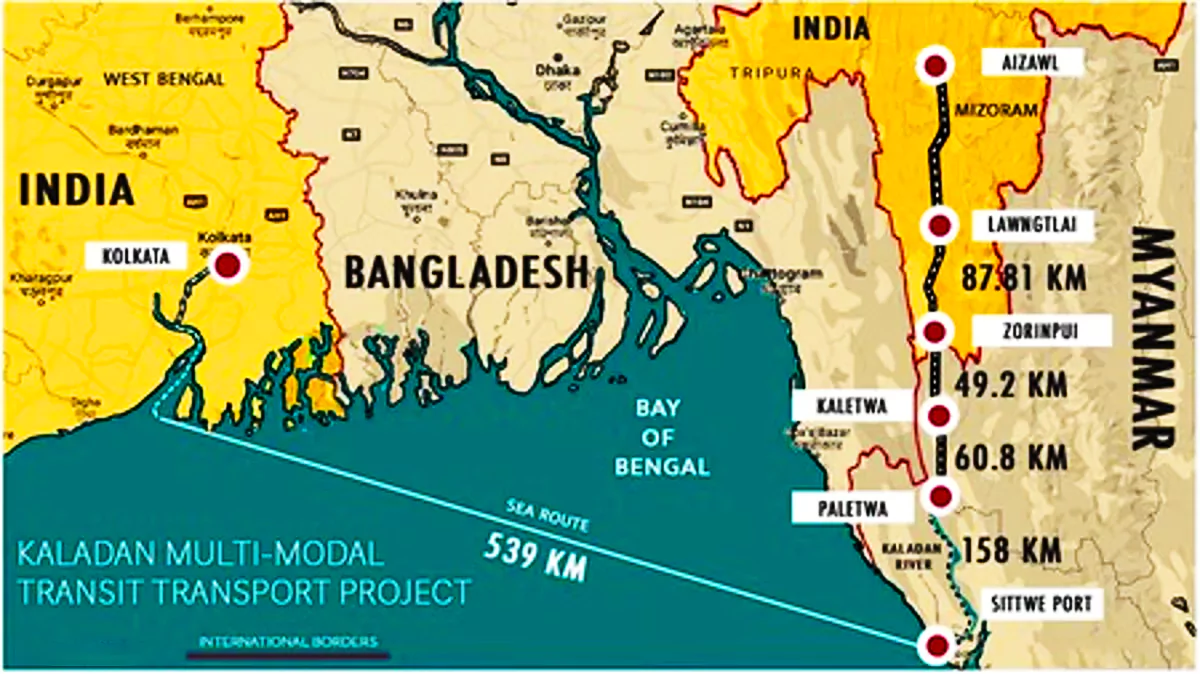 Location: Myanmar
Location: MyanmarIndia Ports Global (IPGL)
|
|---|
| Must Read | |
| NCERT Notes For UPSC | UPSC Daily Current Affairs |
| UPSC Blogs | UPSC Daily Editorials |
| Daily Current Affairs Quiz | Daily Main Answer Writing |
| UPSC Mains Previous Year Papers | UPSC Test Series 2024 |
Recently, ‘India Out Campaign’, an anti-India campaign gained traction in Bangladesh advocating the boycott of Indian products.
| Relevance For Prelims: India Out Campaign in Bangladesh, India-Maldives Ties: The Story So Far, India-Bangladesh Relations, India Vs Bangladesh, and Teesta River water Dispute.
Relevance For Mains: India Bangladesh Relations: Significance, Challenges, and Way Forward. |
|---|
Bangladesh Nationalist Party (BNP) Alliance
|
|---|
| Mains Question: Critically examine the compulsions which prompted India to play a decisive role in the emergence of Bangladesh. (200 words, 10 marks) |
|---|
| Must Read | |
| NCERT Notes For UPSC | UPSC Daily Current Affairs |
| UPSC Blogs | UPSC Daily Editorials |
| Daily Current Affairs Quiz | Daily Main Answer Writing |
| UPSC Mains Previous Year Papers | UPSC Test Series 2024 |
According to a recent report from the World Economic Forum (WEF), the global space economy will reach a value of $1.8 trillion by 2035, nearly identical to the scale of the world semiconductor industry.
| Relevance For Prelims: Indian Space Sector, SPACE & SPACE TECHNOLOGY, India Allows 100% FDI In Indian Space Sector, Indian Space Policy 2023, Privatization Of Indian Space Sector, and Space Centres & Indian Space Agencies.
Relevance For Mains: Space Economy in India: Size, Opportunities, Regulatory Framework, Government Initiates. And Way Forward. |
|---|
Space Legislation in India
Regulatory Framework for Space Activities in India
|
|---|
IN-SPACe, an independent autonomous agency under the Department of Space (DOS), unveiled its decadal vision and strategy for the Indian space economy.
|
|---|
| Prelims PYQ (2018):
With reference to India’s satellite launch vehicles, consider the following statements: 1. PSLVs launch the satellite useful for Earth resources monitoring whereas GSLVs are designed mainly to launch communication satellites. 2. Satellites launched by PSLV appear to remain permanently fixed in the same position in the sky, as viewed from a particular location in Earth. 3. GSLV Mk III is a fourstaged launch vehicle with the first and third stages using solid rocket motors; and the second and fourth stages using liquid rocket engines. Which of the statements given above is/are correct? (a) 1 only (b) 2 and 3 (c) 1 and 2 (d) 3 only Ans: (a) |
|---|
| Mains Question: In order to enhance the diffusion of space technology and boost space economy, opening up the Indian space sector for the private sector is important. Comment. (15 Marks, 250 Words) |
|---|
| Must Read | |
| NCERT Notes For UPSC | UPSC Daily Current Affairs |
| UPSC Blogs | UPSC Daily Editorials |
| Daily Current Affairs Quiz | Daily Main Answer Writing |
| UPSC Mains Previous Year Papers | UPSC Test Series 2024 |
<div class="new-fform">
</div>
